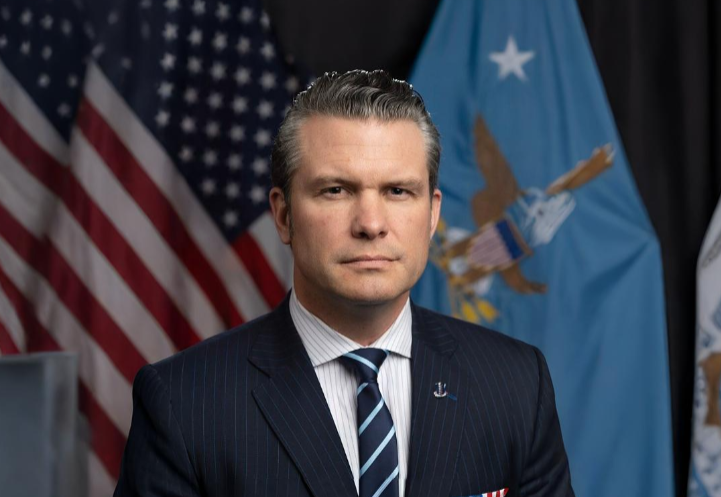Pentagon Reveals Covert ‘Midnight Hammer’ Strikes on Iran’s Sites

Public Domain
On June 22, the Pentagon disclosed details of Operation Midnight Hammer, an unannounced U.S. strike involving seven B‑2 Spirit stealth bombers and over 125 aircraft, plus a guided missile submarine launching Tomahawk missiles.
The campaign targeted Iran’s nuclear facilities at Fordow, Natanz, and Isfahan, with 14 GBU‑57 bunker-buster bombs deployed to penetrate deeply buried structures.
Stealth Bombers and Submarines in Coordinated Pentagon Operation
According to Defense Secretary Pete Hegseth, the operation proceeded without detection. B‑2s flew 18 hours—refueling mid-air—and were supported by decoys to confuse Iranian air defenses.
Damage Assessment Still Underway
President Trump hailed the attack as a “spectacular military success” that “obliterated” Iran’s nuclear capabilities, but cautioned that full confirmation would take time. Chair of the Joint Chiefs Gen. Dan Caine echoed that initial assessments showed “severe damage” to all sites, though underground impact—especially at Fordow—remains unclear.

Satellite imagery does confirm surface-level destruction and debris-filled tunnel entrances, reinforcing Pentagon claims of deep-penetration strikes.
Iran’s Response: Missile Barrages, No Full-Scale War
Iran has promised retaliation, launching over 20 ballistic missiles at Israel and targeting U.S. bases in Qatar. While most were intercepted, no U.S. casualties have been reported.
Tehran also moved to suspend cooperation with the IAEA, suggesting diplomacy is unlikely unless hostilities cease.
Global Fallout and Warnings
Russia warned the strikes opened a “Pandora’s box,” risking nuclear escalation, while the UN Security Council convened urgent talks. Tehran floated the idea of closing the Strait of Hormuz—used by nearly 25% of world oil shipments—raising global economic concerns.
Pentagon officials emphasized that the operation targeted nuclear infrastructure, not regime change. Hegseth noted Congress was briefed post-factum in compliance with the War Powers Act.

Still, congressional complaints emerged over the legality and scope of the strikes, with some Democrats calling for oversight.
Next Steps: Deterrence or Deeper Conflict?
With Iran’s full nuclear capacity still uncertain and retaliatory capabilities visible, the region stands at a crossroads. U.S. forces are on heightened alert, while global leaders urge restraint and renewed diplomacy.
You might also want to read: Elon Musk’s Pentagon Visit: Major Talks on China and DOGE Reforms Revealed


